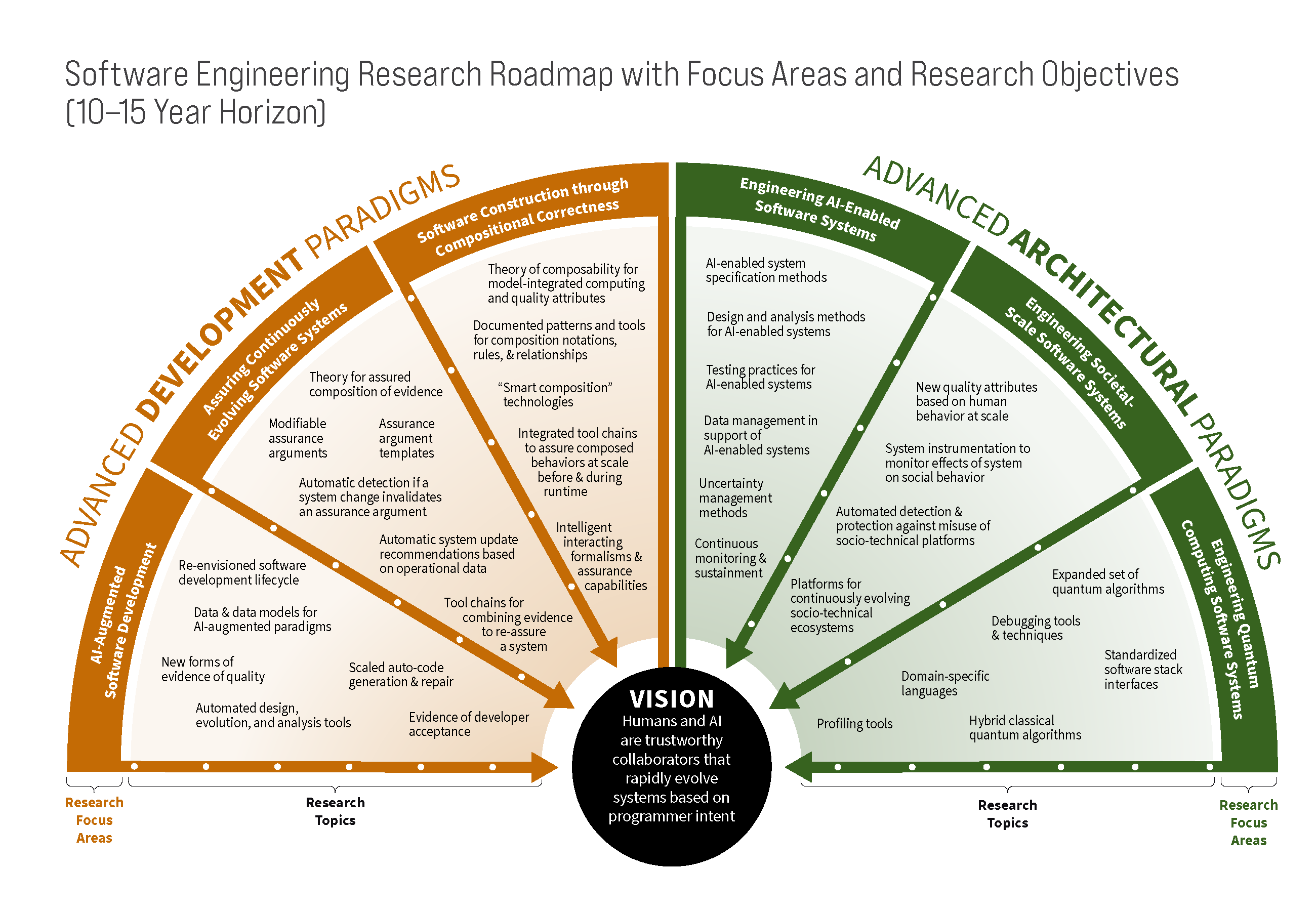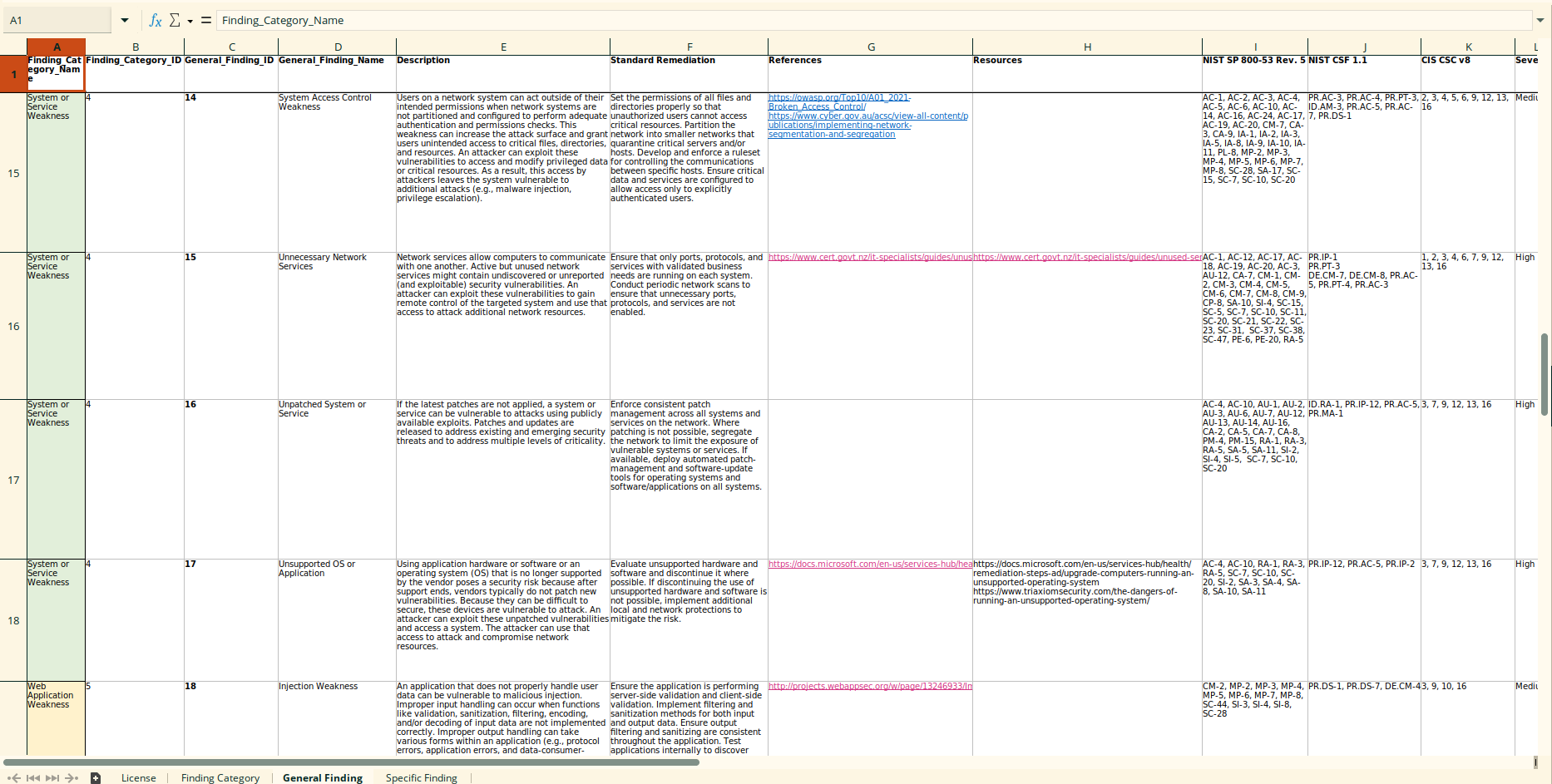cross-posted from: https://group.lt/post/1926151
Don't read if you don't want to ruin your day.
The One About The Web Developer Job Market
Metadata
- Author: Baldur Bjarnason
- Category: rss
- URL: https://www.baldurbjarnason.com/2024/the-one-about-the-web-developer-job-market/
Highlights
Many organisations are also resorting to employee-hostile strategies to increase employee churn, such as forced Return-To-Office policies.
Finding a non-bullshit job is likely only going to get harder.
• Finding effective documentation, information, and training is likely to get harder, especially in specialised topics where LLMs are even less effective than normal.
as soon as you start to try to predict the second or third order consequences things very quickly get remarkably difficult.
In short, futurists are largely con artists.
you need to do something Note: ah.. the famous "you need to do something" This is not a one-off event but has turned into a stock market driven movement towards reducing the overall headcount of the tech industry.
What this means is that when the bubble ends, as all bubbles must, the job market is likely to collapse even further.
The stock market loves job cuts
Activist investors see it as an opportunity to lower developer compensation
Management believes they can replace most of these employees with LLM-based automation
Discovering whether it’s true or not is actually quite complicated as it, counter-intuitively, doesn’t depend on the degree of LLM functionality but instead depends entirely on what organisations, managers, and executives are using software projects for.
Since, even in the best case scenario of the most optimistic prediction of LLM power, you’re still going to need to structure a plan for the code and review it, the time spent on code won’t drop to zero. But if you believe in the best-case prediction, a 20-40% improvement in long term productivity sounds reasonable, if a bit conservative.
The alternate world-view, one that I think is much more common among modern management, is that the purpose of software development is churn.
None of these require that the software be free or even low on defects. The project doesn’t need to be accessible or even functional for a majority of the users. It just needs to look good when managers, buyers, and sales people poke at it.
The alternate world-view, which I think I can demonstrate is dominant in web development at least, is that software quality does not matter. Production not productivity is what counts. Up until now, the only way to get production and churn has been to focus on short-term developer experience, often at the expense of the long term health of the project, but the innovation of LLMs is that now you can get more churn, more production, with fewer developers.
This means that it doesn’t matter who is correct or not in their estimate of how well these tools work.
You aren’t going to notice the issue as an end-user. From your perspective the system is working perfectly.
Experienced developers will edit out the issues without thinking about it, focusing on the time-saving benefit of generating the rest. Inexperienced developers won’t notice the issues and think they’ve just saved a lot of time, not realising they’ve left a ticking time bomb in the code base.
The training data favours specific languages such as Python and JavaScript.
• The same tool that enhances their productivity by 20-30% might also be outright harmful to a junior developer’s productivity, once you take the inevitable and eventual corrections and fixes into account.
From the job market perspective, all that improved and safe LLM-based coding tools would mean is more job losses.
Because manager world-views are more important than LLM innovation.
If the technology is what’s promised, the churn world-view managers will just get more production, more churn, with even fewer developers. The job market for developers will decline.
they will still use the tech to increase production, with fewer developers, because software quality and software project success isn’t what they’re looking for in software development. The job market for developers will decline.
The more progress you see in the automation, the fewer of us they’ll need. It isn’t a question of the nature of the improvement, but of the attitudes of management.
Even if that weren’t true, technical innovations in programming generally don’t improve project or business outcomes.
The odds of a project’s success are dictated by user research, design, process, and strategy, not the individual technological innovations in programming. Rapid-Application-Development tools, for example, didn’t shift outcomes in meaningful ways.
What matters is whether the final product works and improves the business it was made for. Business value isn’t solely a function of code defects. Technical improvements that address code defects are necessary, but not sufficient.
tech industry management is firmly convinced that less is more when it comes to employing either.
Whether you’re a bear or a bull on LLMs, we as developers are going to get screwed either way, especially if we’re web developers.
Most web projects shipped by businesses today are broken, but businesses rarely seem to care.
Most websites perform so badly that they don’t even finish loading on low-end devices, even when business outcomes directly correlate with website performance, such as in ecommerce or ad-supported web media.
The current state of web development is as if most Windows apps released every year simply failed to launch on 20-40% of all supported Windows installs.
If being plausible is all that matters, then that’s the literal, genuine, core strength of an LLM.
This is a problem for the job market because if all that matters to these organisations is being seen plausibly chasing cutting-edge technology – that the actual business outcomes don’t matter – then the magic of LLMs mean that you don’t actually need that many developers to do that for much, much less money.
Web media is a major employer, both directly and indirectly, of web developers. If a big part of the web media industry is collapsing, then that’s an entire sector that isn’t hiring any of the developers laid off by Google, Microsoft, or the rest. And the people they aren’t hiring will still be on the job market competing with everybody else who wouldn’t have even applied to work in web media.
The scale of LLM-enabled spam production outstrips the ability of Bing or Google to counter it.
But it gets even worse as every major search engine provider on the market is all-in on replacing regular keyword search with chatbots and LLM-generated summaries that don’t drive any traffic at all to their sources.
It’s reasonable to expect that the job market is unlikely to ever fully bounce back, due to the collapse of web media alone.
Experience in Node or React is not a reliable signifier of an ability to work on successful Node or React projects because most Node or React projects aren’t even close to being successful from a business perspective. Lack of experience in Node or React – such as a background in other frameworks or vanilla JS – conversely isn’t a reliable signifier that the developer won’t be a successful hire.
Lower pay, combined with the information asymmetry about employer dysfunction, would then lead to more capable workers leaving the sector, either to run their own businesses – a generally dysfunctional web development sector is likely to have open market opportunities – or leave the industry altogether. This would exacerbate the job market’s dysfunctions even further, deepening the cycle.
The first thing to note is that, historically, whenever management adopts an adversarial attitude towards labour, the only recourse labour has is to unionise.
As employees, we have nothing to lose from unionising. That’s the first consequence of management deciding that labour is disposable.
Diversifying your skills has always been a good idea for a software developer. Learning a new language gives you insight into the craft of programming that is applicable beyond that language specifically.
But the market for developer training in general has collapsed.
Some of it is down to the job market. Why invest in training if tech cos aren’t hiring you anyway? Why invest in training your staff if you’re planning on replacing them with LLM tools anyway?
After all, as Amy Hoy wrote in 2016:
Running a biz is a lot less risky than having a job, because 1000 customers is a lot less fragile than 1 employer.
The tech industry has “innovated” itself into a crisis, but because the executives aren’t the ones out looking for jobs, they see the innovations as a success.
The rest of us might disagree, but our opinions don’t count for much.
But what we can’t do is pretend things are fine.
Because they are not.
Thoughts?


